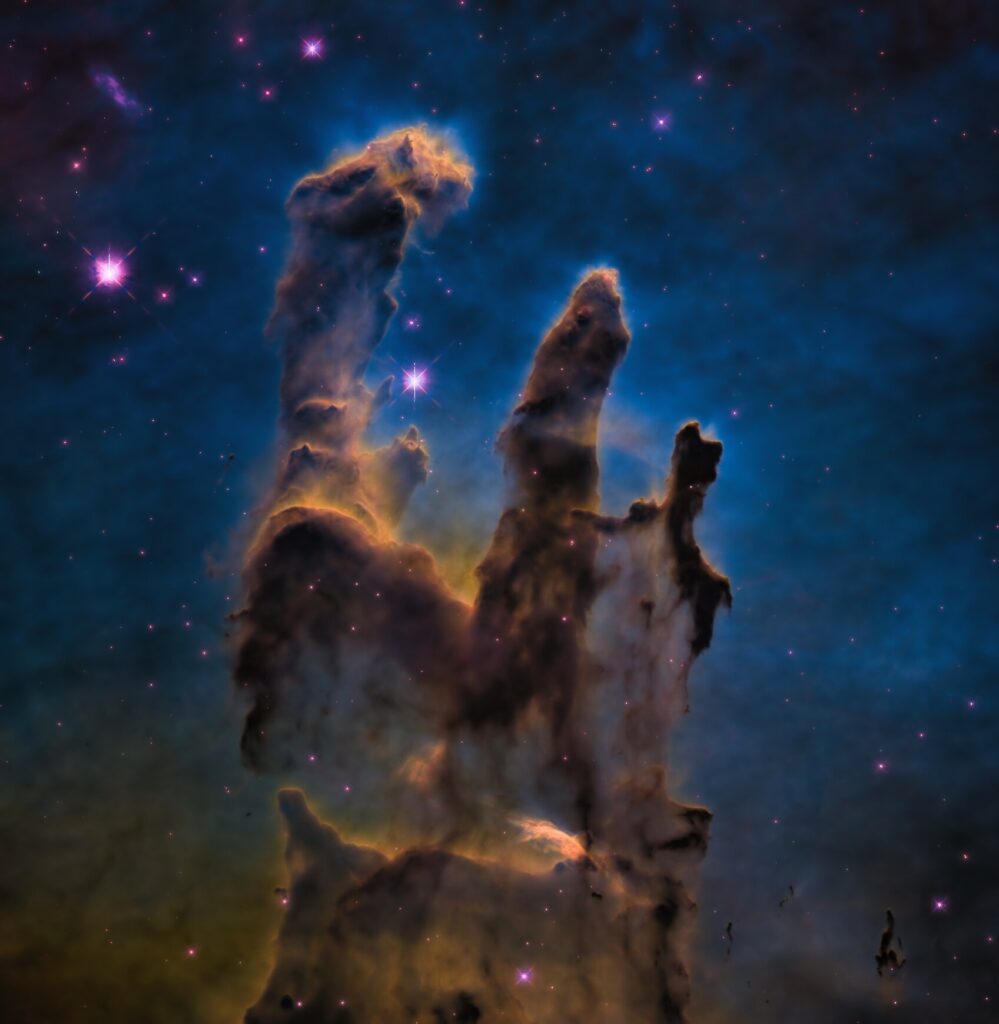My Observatory
My Observatory is nothing special, I just bought a pre-fab storage shed locally for about $1000. Had a bed of stone laid down for it, and had a concrete pad poured so that people and telescopes would be level, with most tripping hazards removed. Totally unfinished inside as the one picture below shows, but weather tight, and so far rodent free. I surrounded the whole thing with fencing so that when I have cows in the pasture, my pad isn’t getting pooped on!
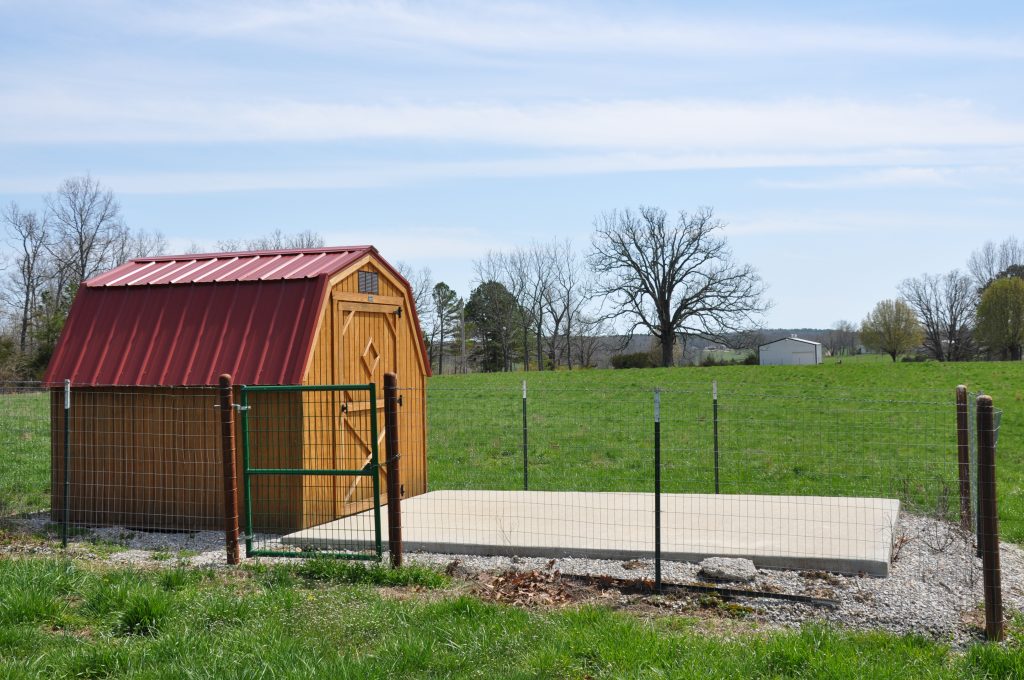
My Observing Equipment
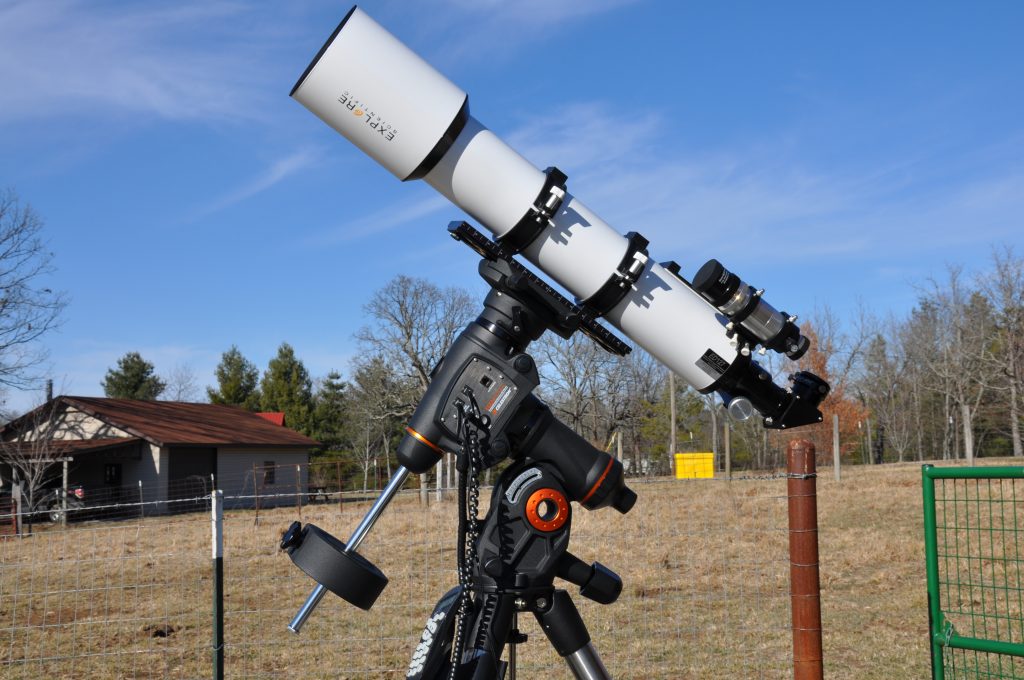
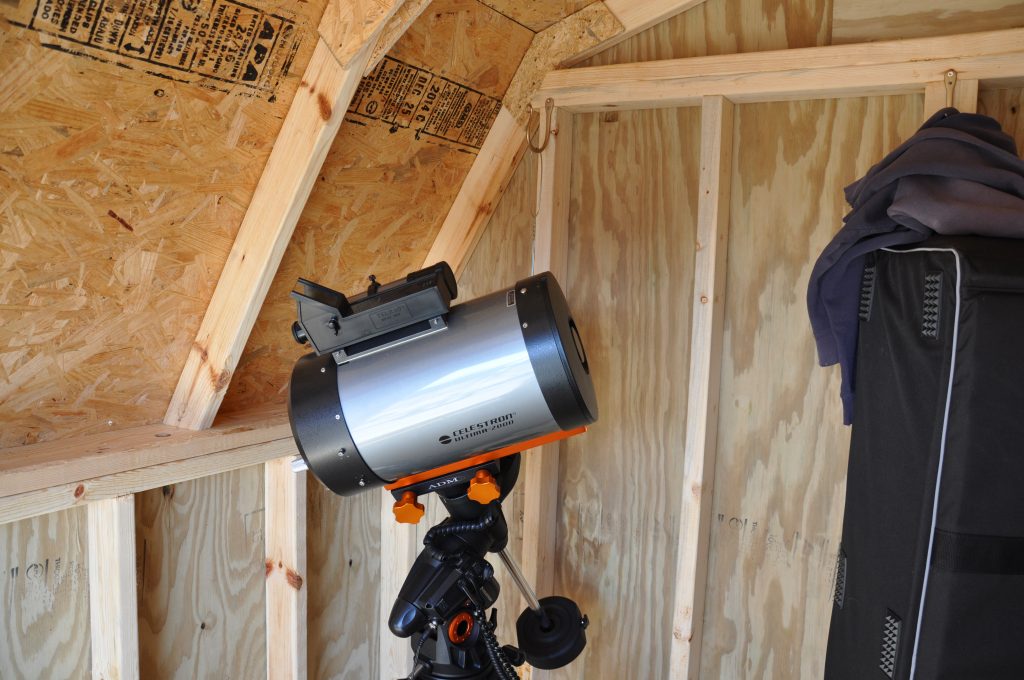
Besides general Observing, I decided to purchase a Video Camera which is designed to operate with my scopes. Small telescopes don’t show color on Galaxies or Nebula like you see on the Hubble pictures shown widely on the Web. Unless you are looking at the Moon, Mars, Jupiter, or Saturn, or other Planets everything is in black and white. Additionally, when you have a dense enough sensor, you can blow the images up, seeing finer detail than your eye can see through the eyepiece of the telescope. We’ll see, I just might have to acquire one this spring, so I can take and share photos with folks going forward. I did buy a MallinCam video camera for my telescopes. For any who are curious, it is the SkyRaider DS2.3 Plus.
Food for thought
Even a modest 4 inch telescope can show 4 Moons of Jupiter as they orbit the planet. The extra kick I get when observing those moons move in front of the planet, and travel across Jupiter’s disk, trailing their shadows on Jupiter’s cloud tops is that I am looking back in time. For instance, if I watch one of those moons move on to the face of Jupiter, I know that what I am seeing presently isn’t actually what is happening at Jupiter. Due to the distance between Earth and Jupiter, I know that what I am actually seeing in the eyepiece happened about 43 minutes ago! Interesting isn’t it?
Solar System Photos
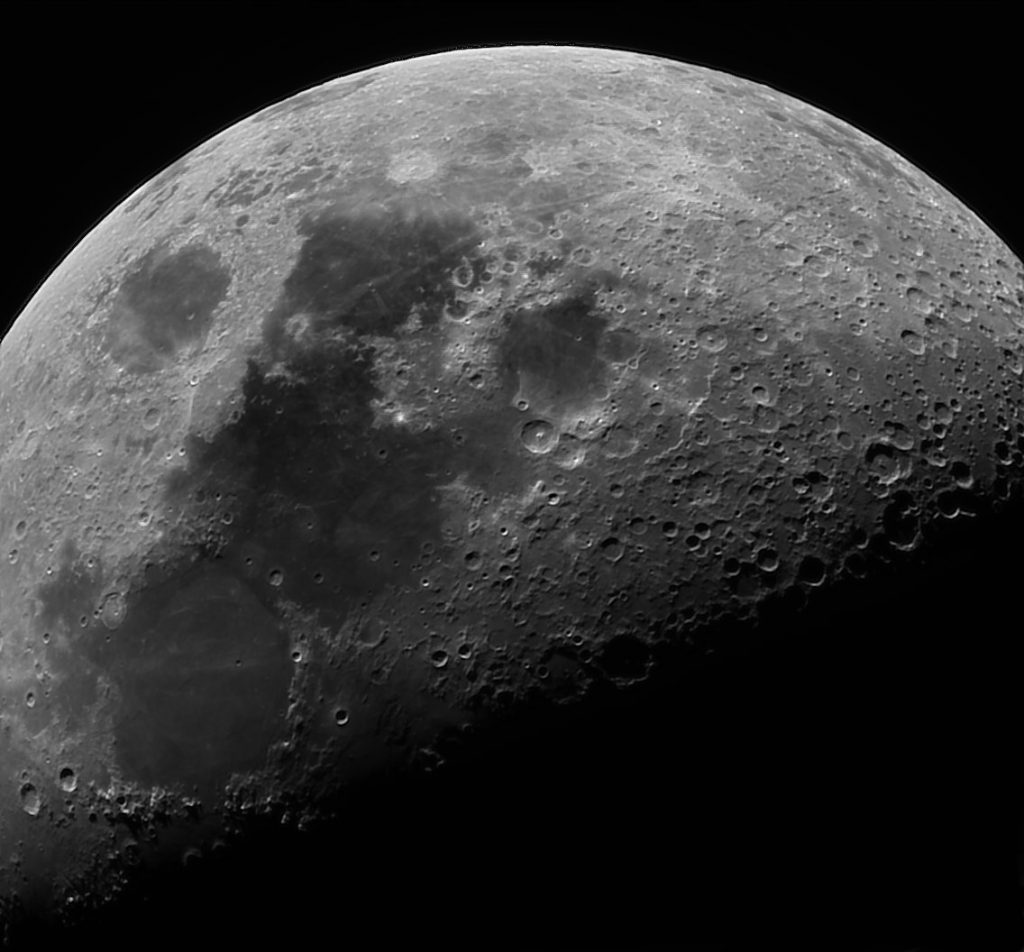
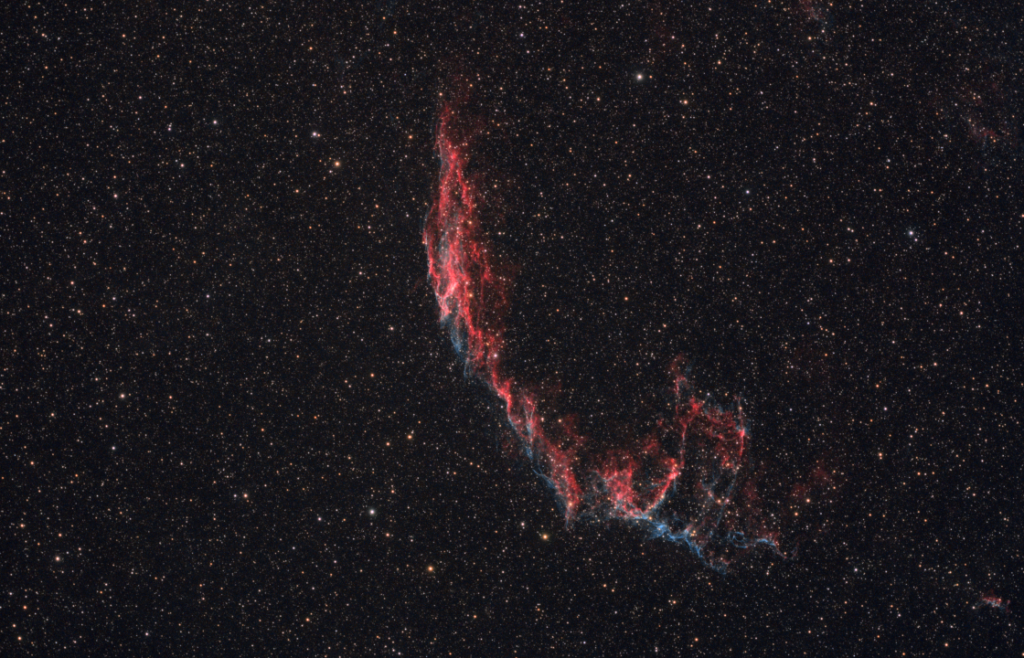
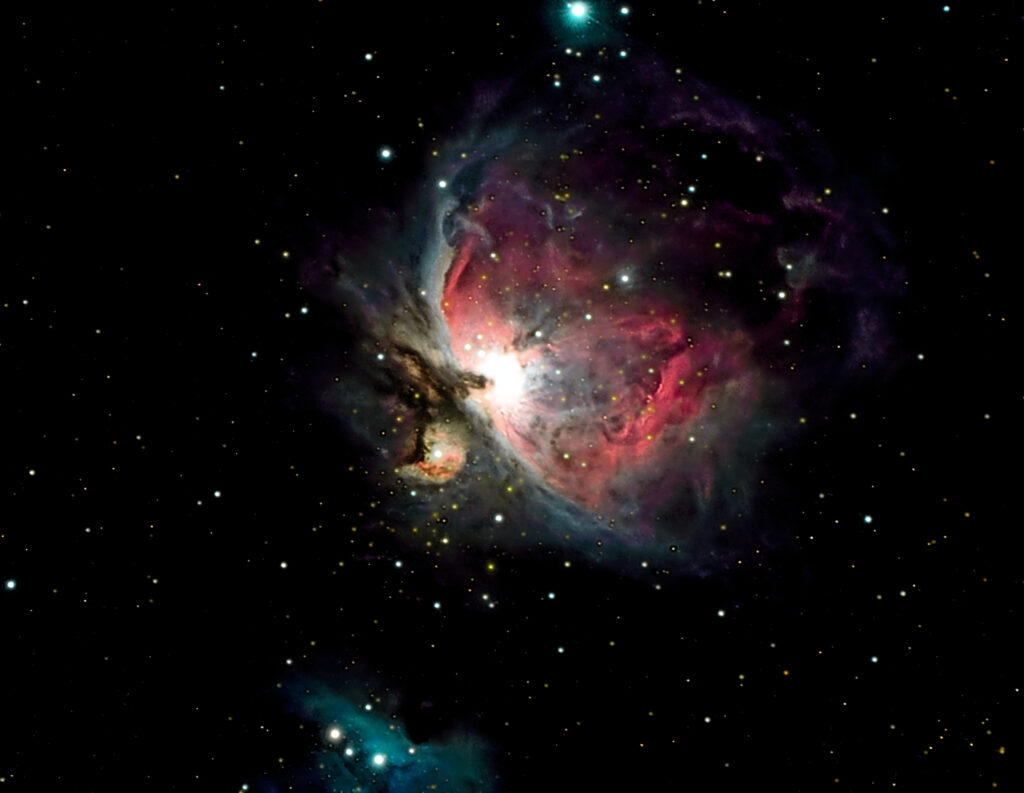
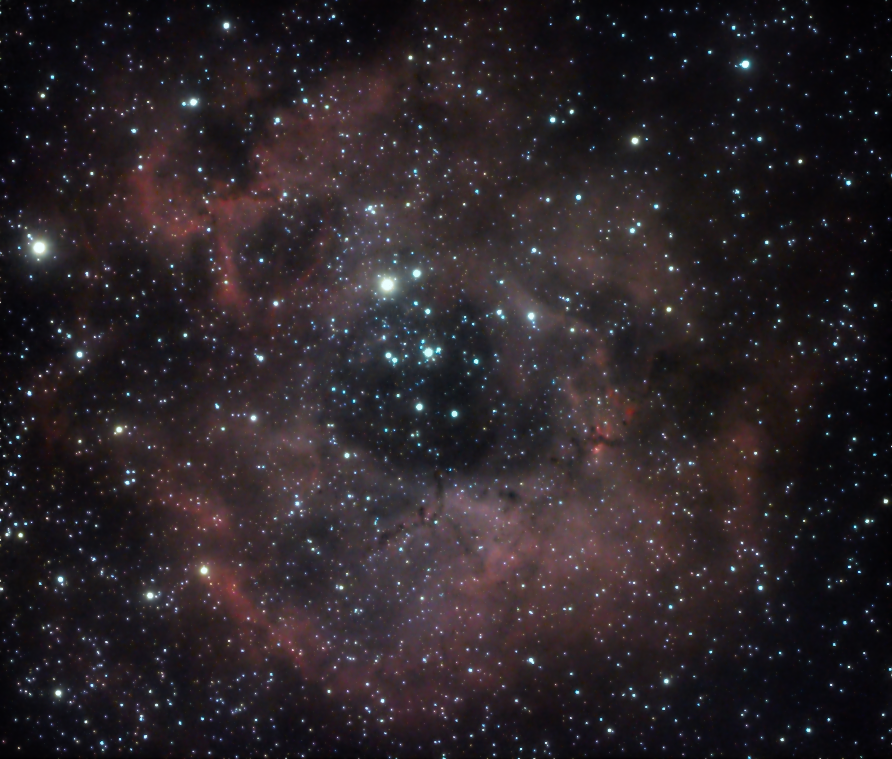
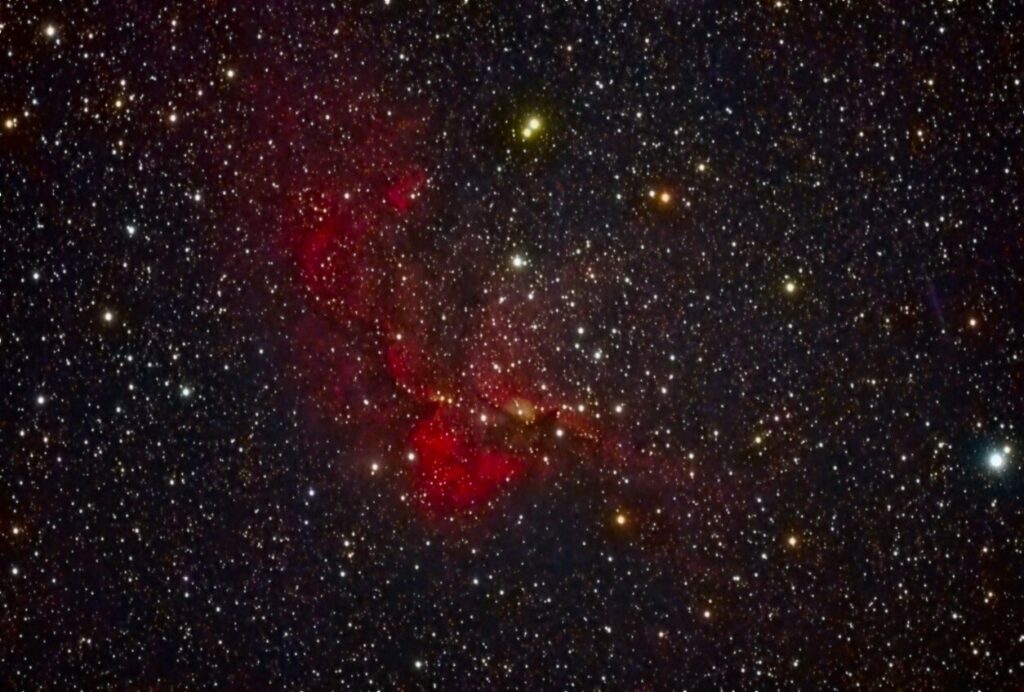
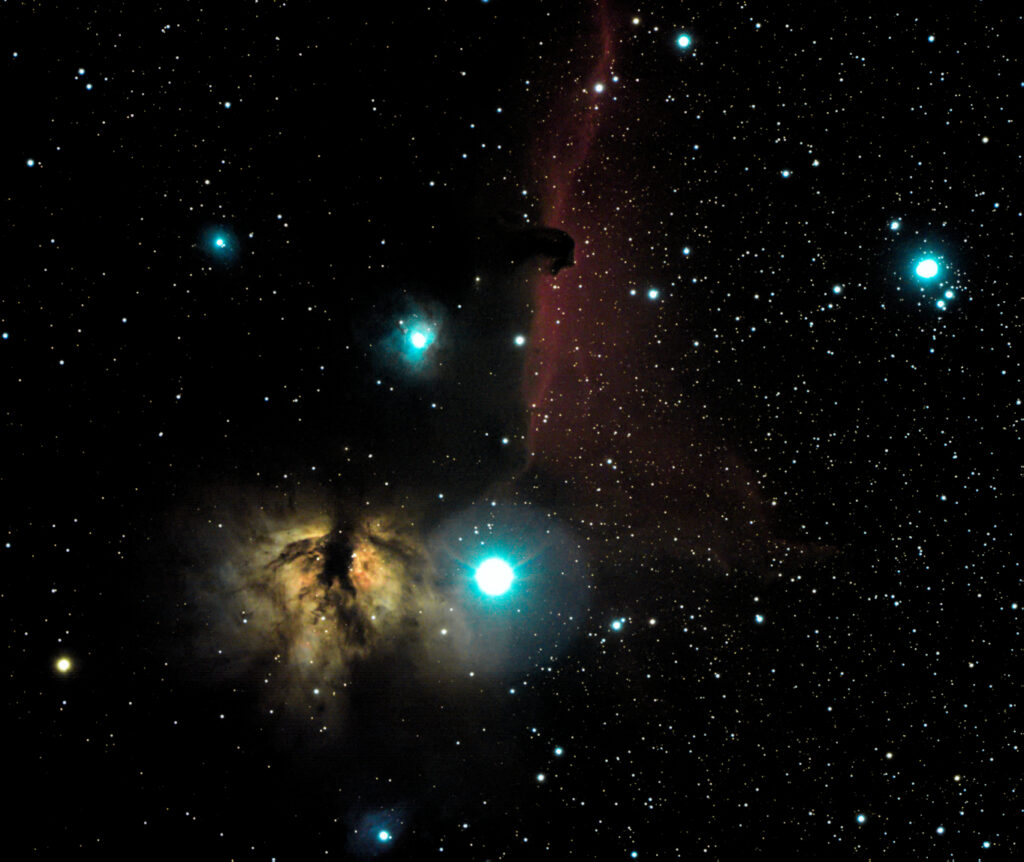
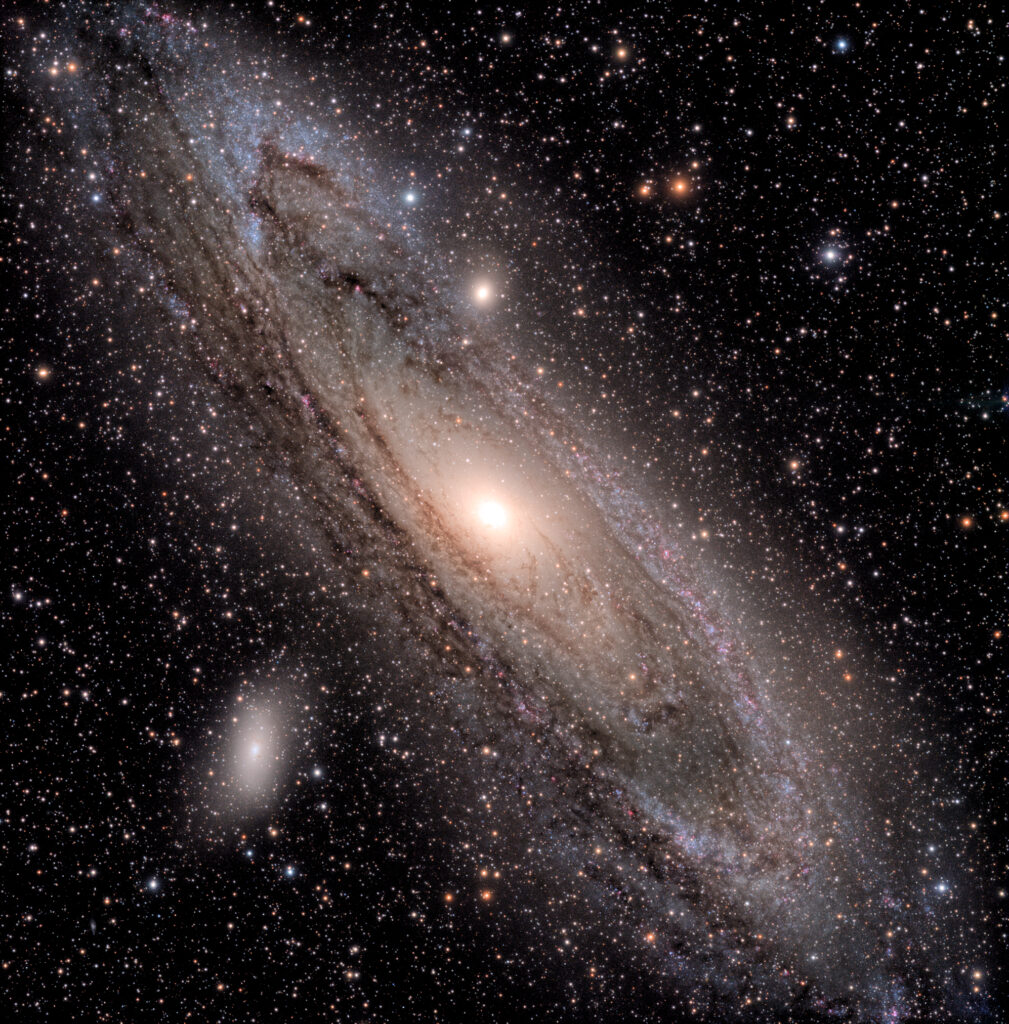
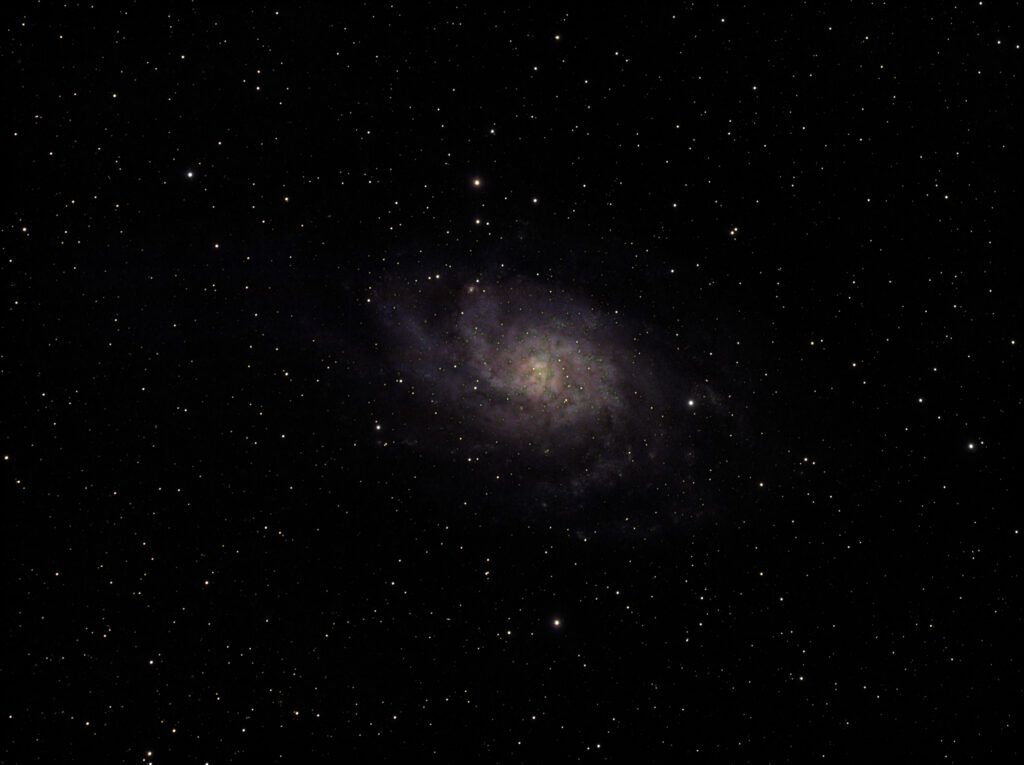
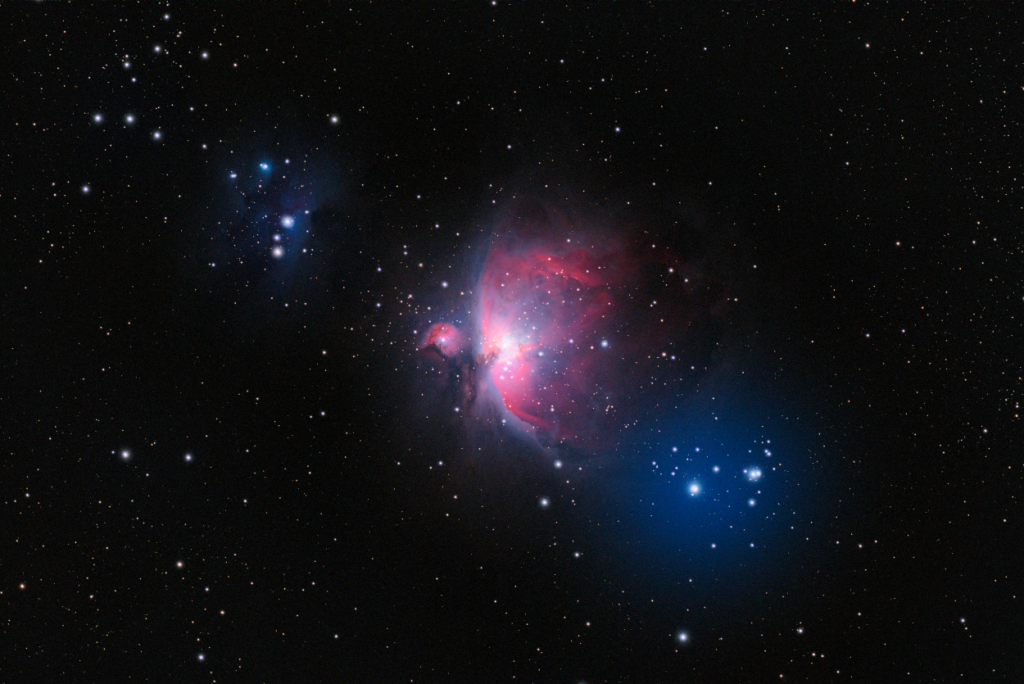
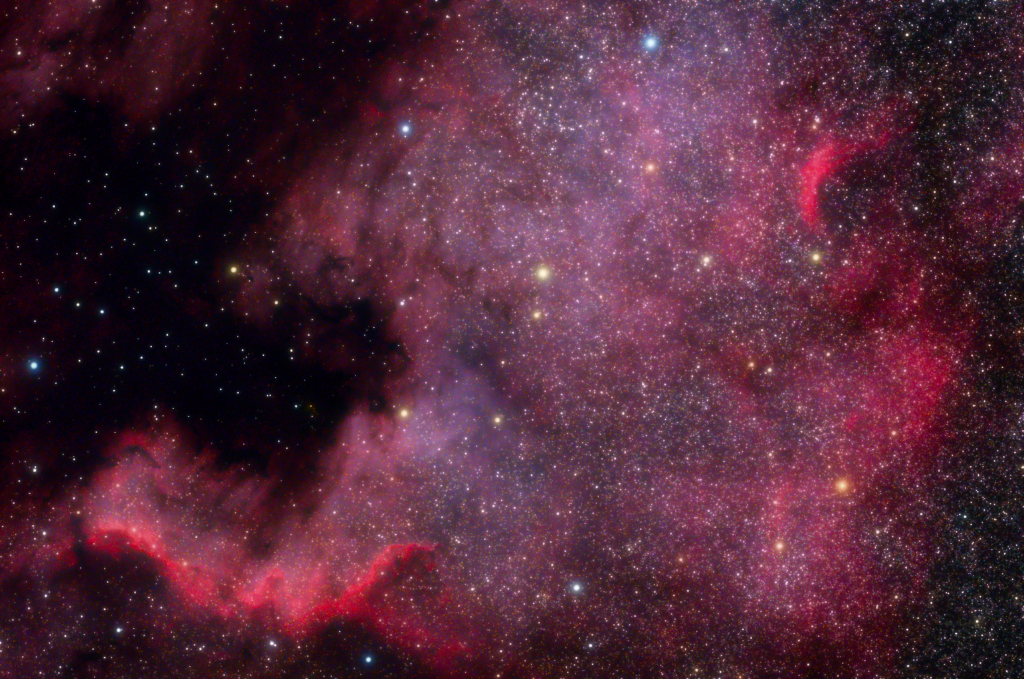
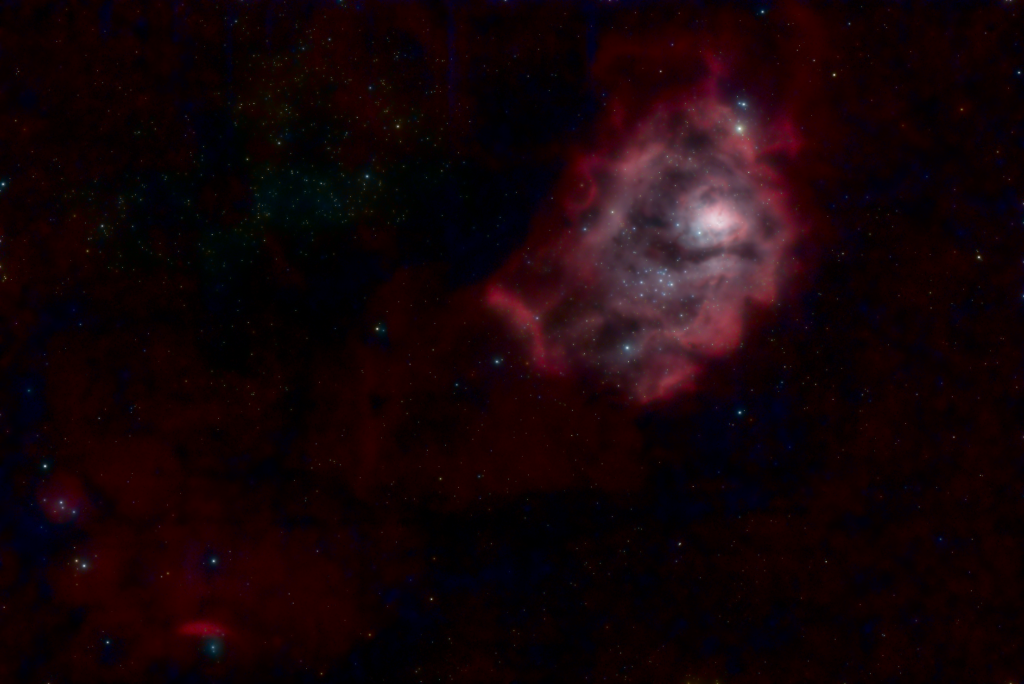
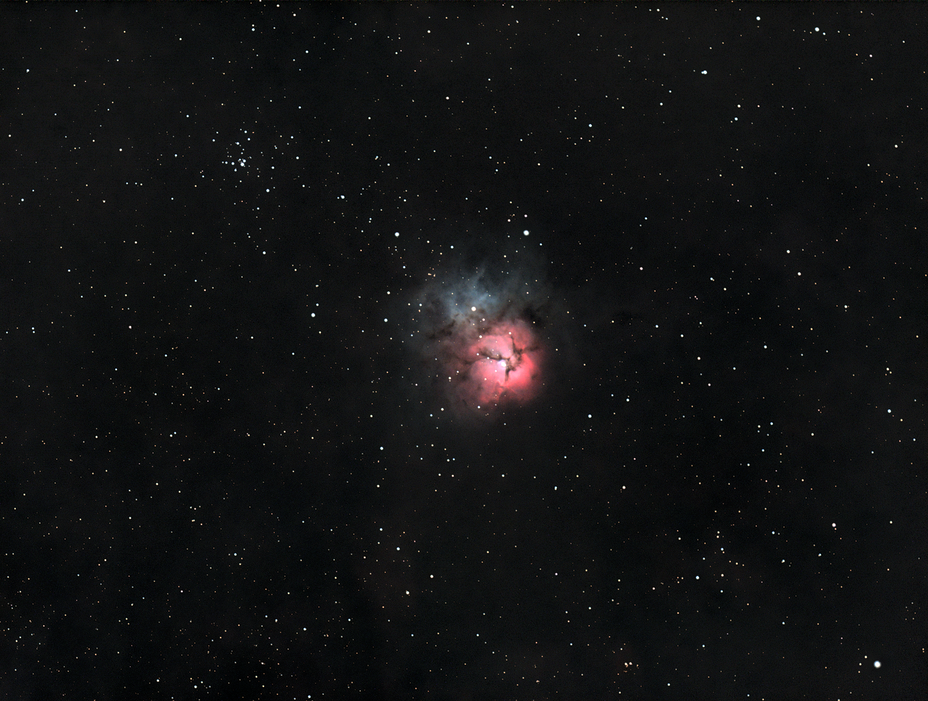
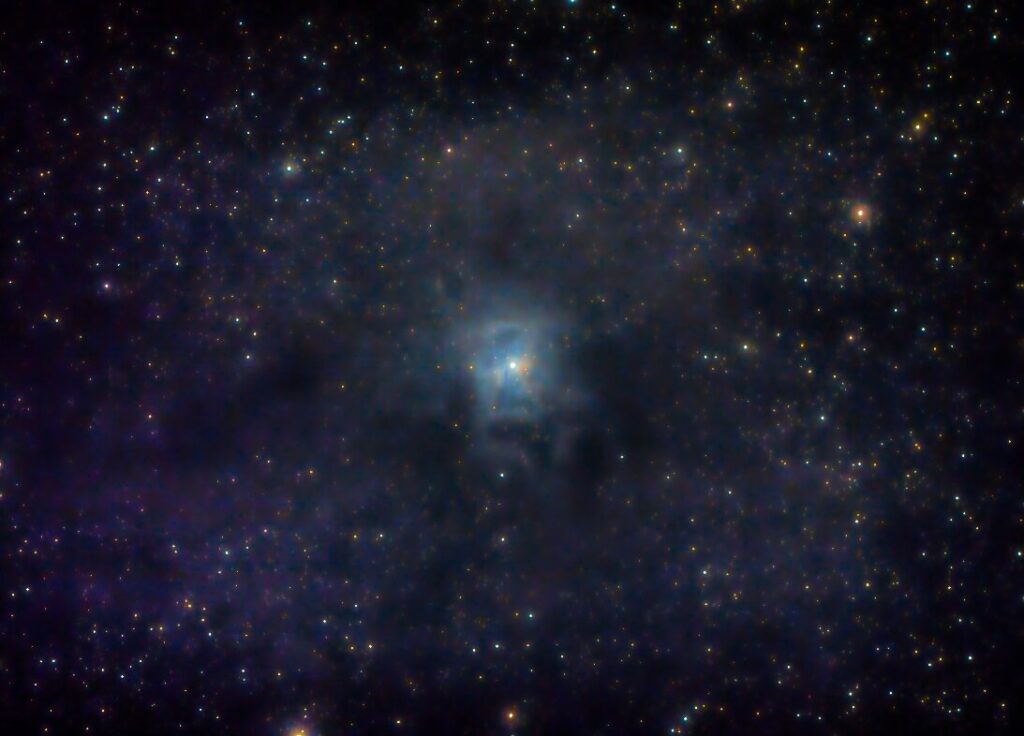
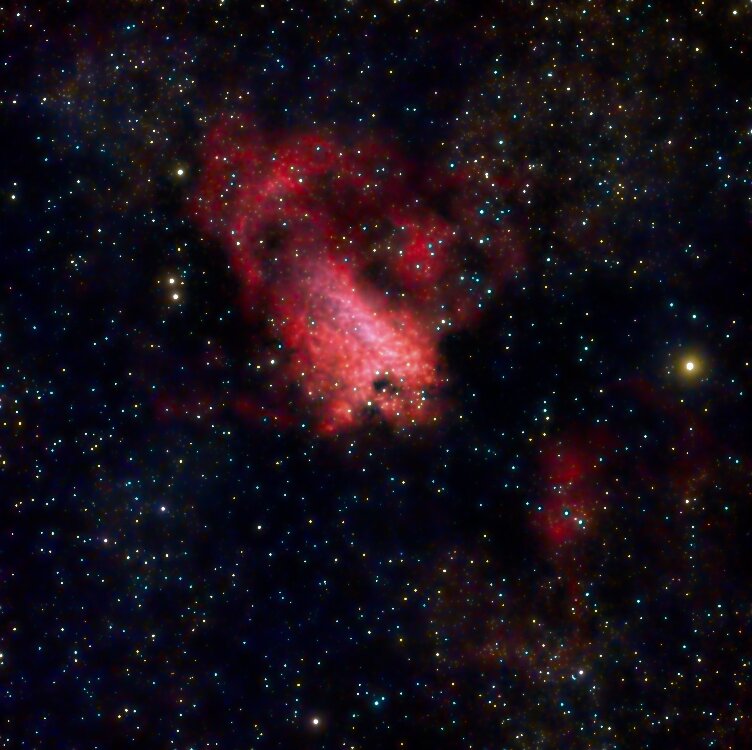
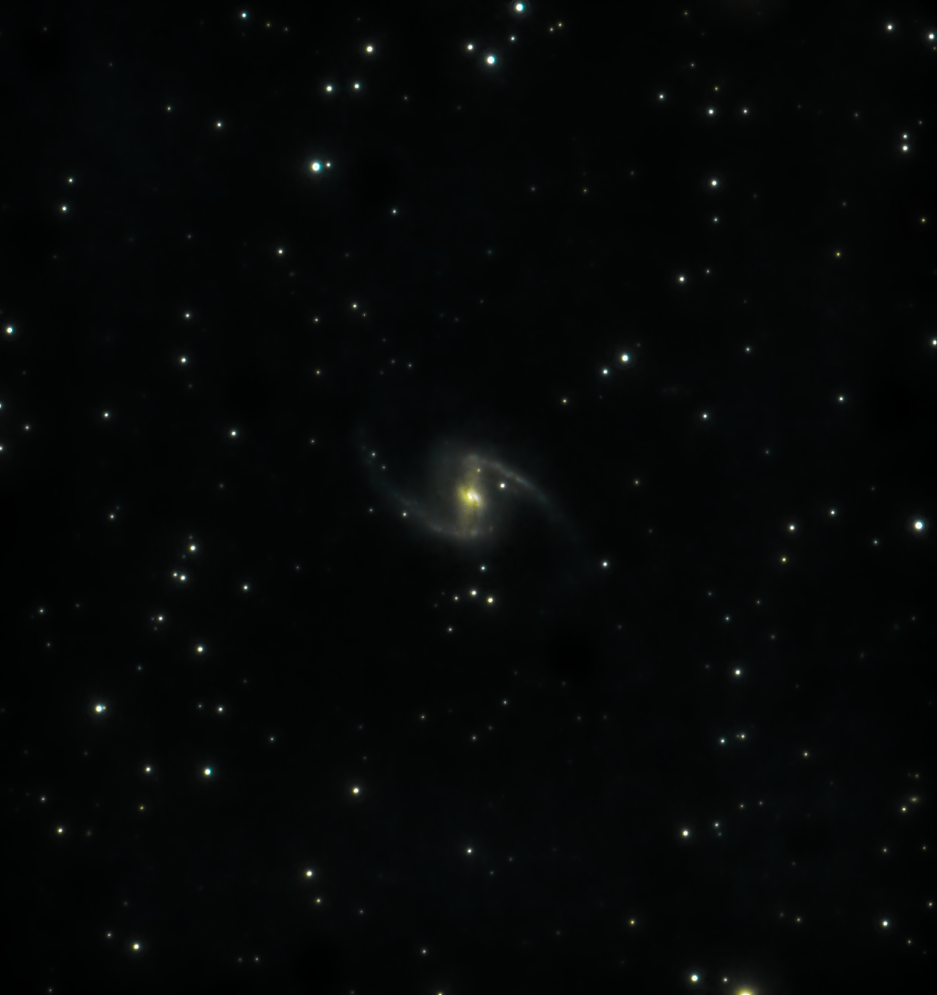
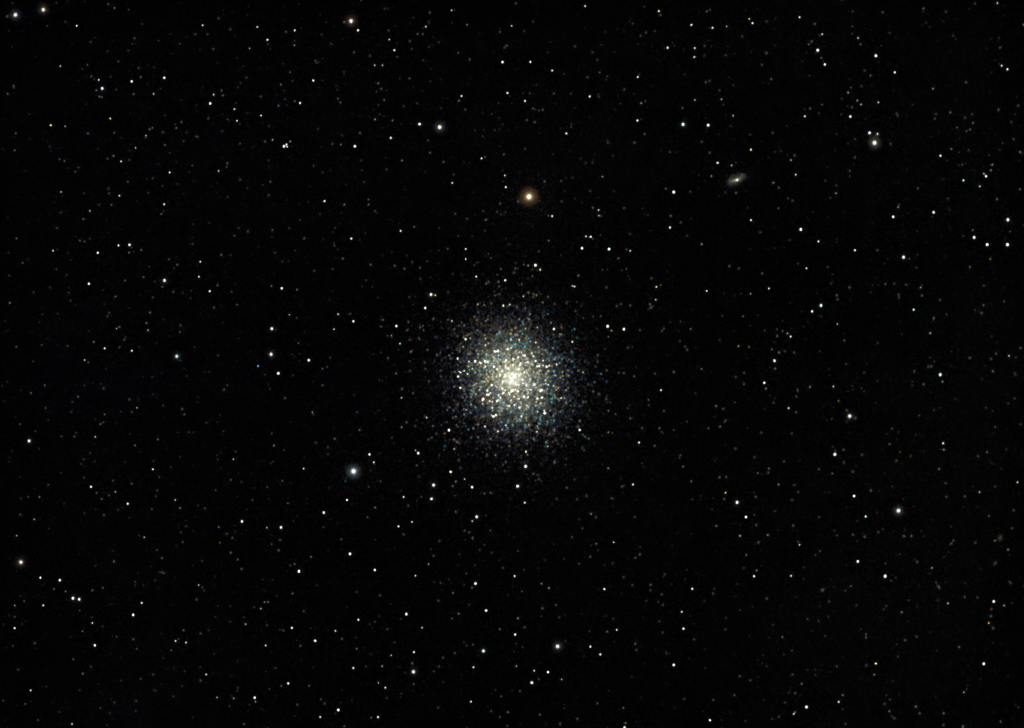
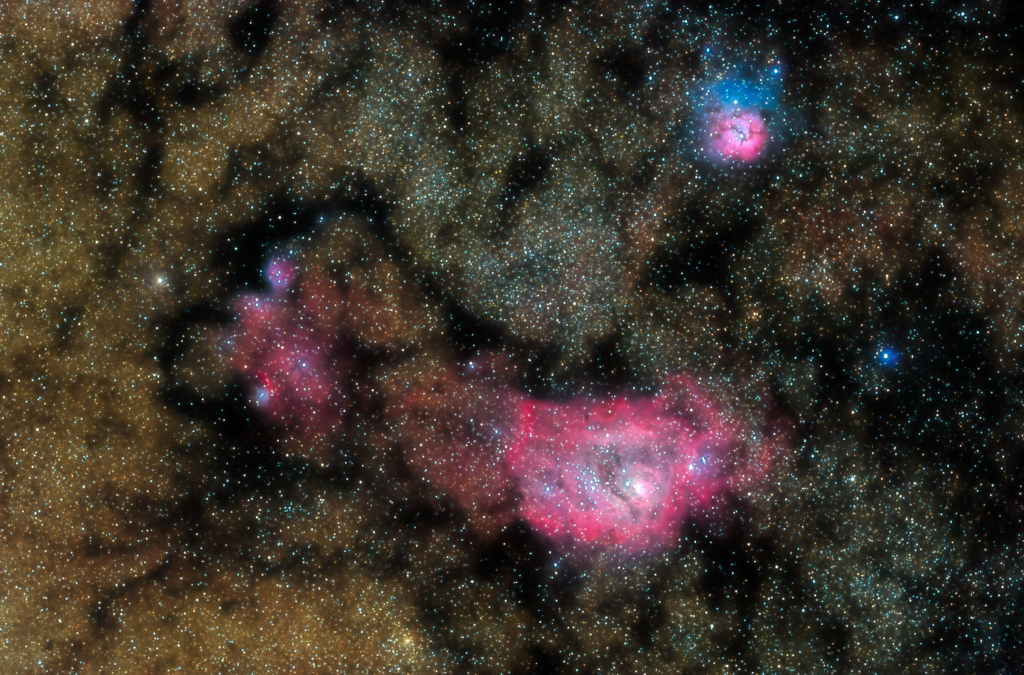
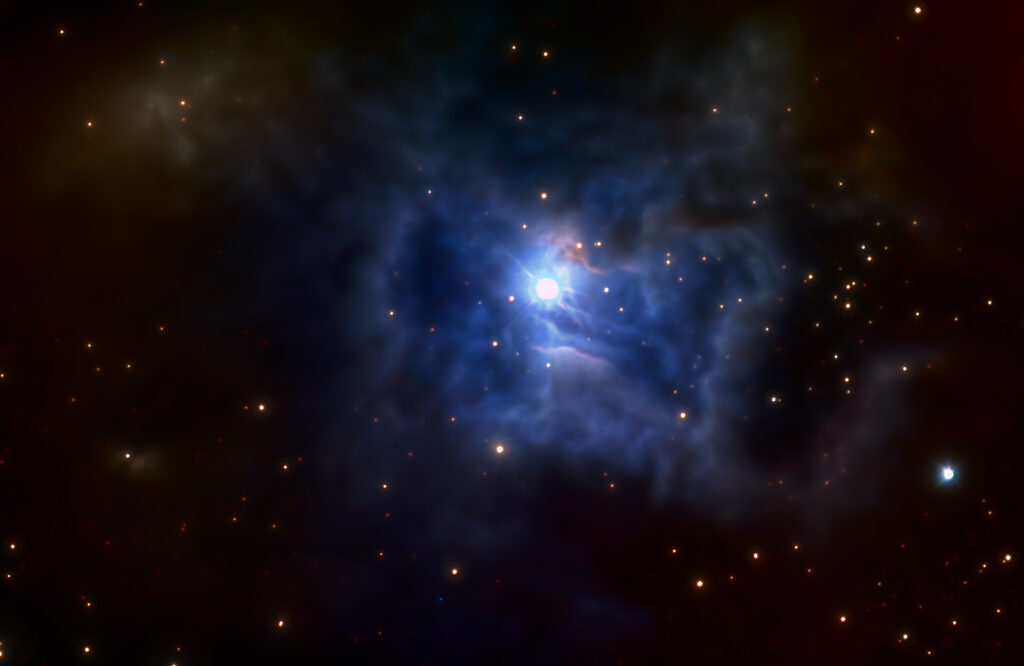
Iris Nebula “Image Acquisition by Jim Misti” processed by Troy Galebach
